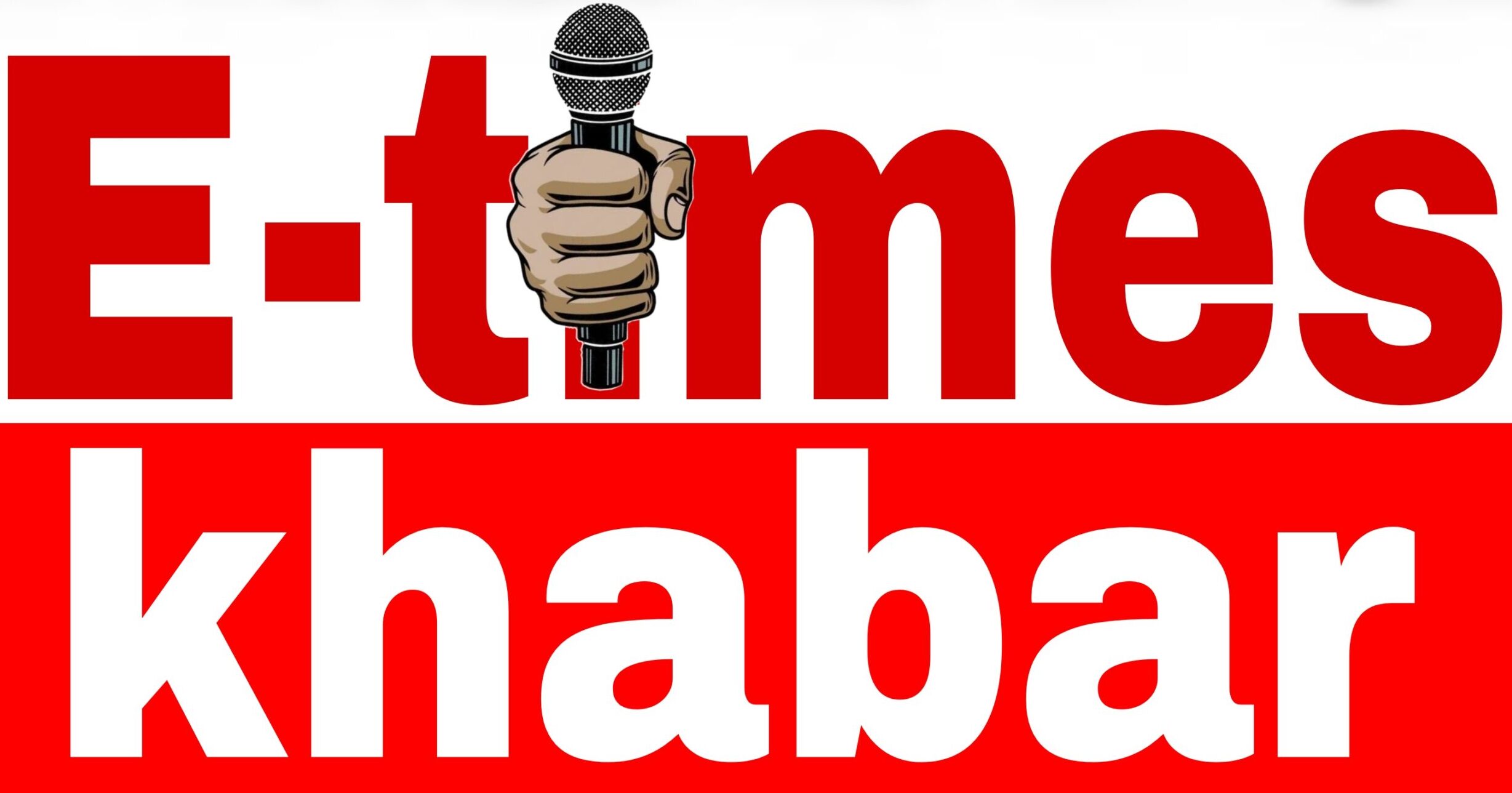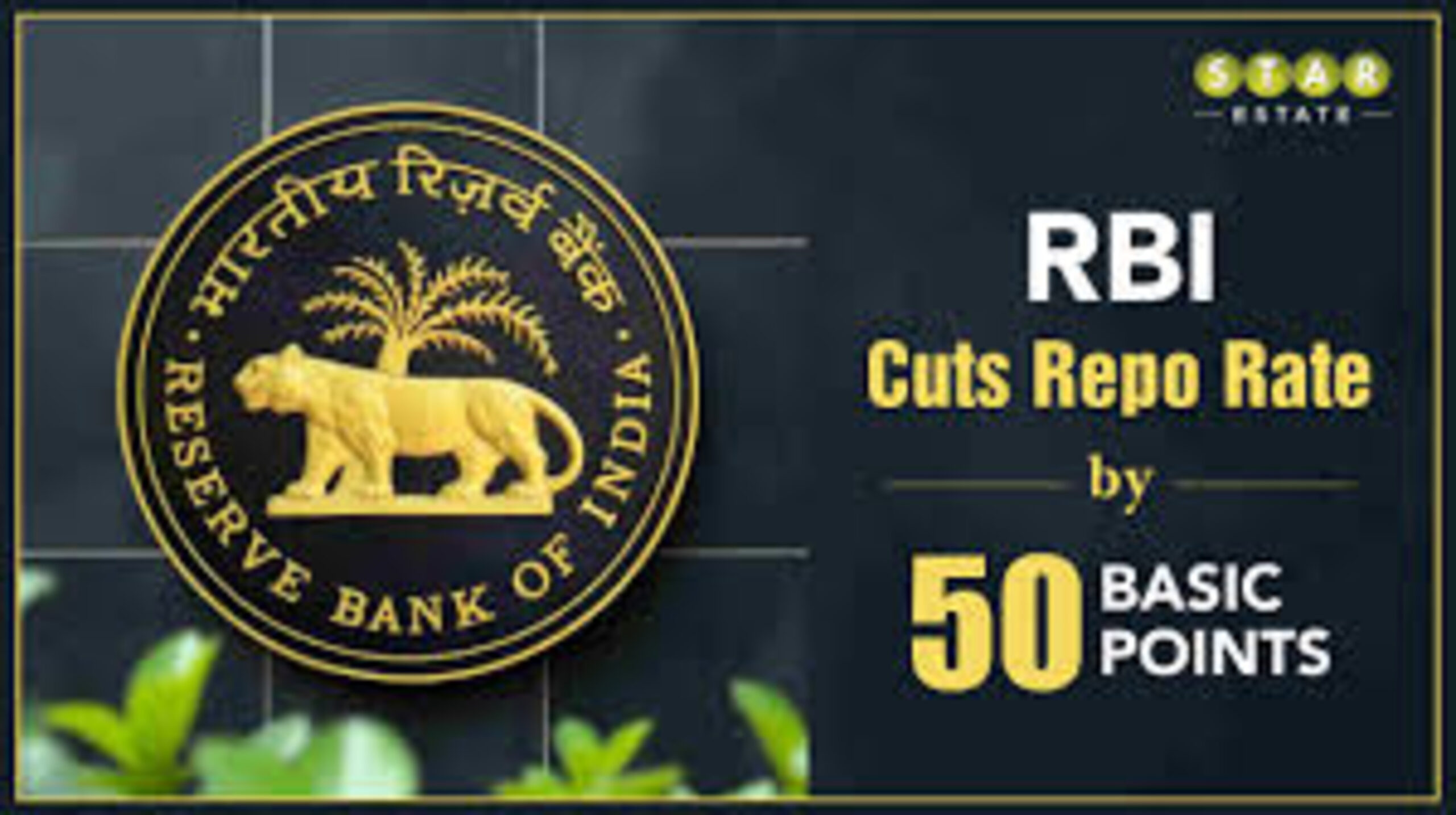Impact of RBI 50 BPS Repo Rate Cut on Home Loans and FDs
Surpassing expectations, the RBI has reduced the repo rate to 5.50% following a cut of 50 basis points (BPS). This has followed after the MPC’s (Monetary Policy Committee’s) week long meeting. This has been the third consecutive occasion the RBI is reducing the repo rate in 2025, taking it 100 BPS lower from February-March (previously 25BPS in February, and 25 BPS in April, and then 50 BPS in this meeting). For the middle-class man buried deep in thinking as to how to invest in a new property or wish to depend on fixed deposits for yield, this decision shall make all the difference. Let’s see what the future holds now.
A Reality, Now, For Home Loan Borrowers
There will be reason for smiles now for new homeowners and current home loan borrowers. This reduction in home loan repayment ratio and decreasing cost of funds will have a major impact on loan servicing, with lower EMIs or even zero-cost loan repayment for new borrowers. This supports the argument that this is a welcome change and holds out hope for those already paying to free funds. The signs are for a leading indicator that the volume of new loans may in fact allow for a cut.
How Much Can You Save?
In order to assist in determining the savings amount, following are a few examples of savings which you can expect on the average loan size.
Loan Amount Tenure Monthly EMI Payments Accumulated Savings Within Loan Period/ Home Loan EMI Savings
50 Lakh 20 Years ~1,960 ~4.7 Lakh
30 Lakh 20 Years ~1,176 ~2.8 Lakh
50 Lakh 20 Years ~3800-~4000 ~9.1Lakh- 9.6 Lakh
Assuming these are approximate figures and keeping in mind the response of your bank following the repo rate reduction, they surely usher in the potential of massive savings. For the consumers, a few banks will indeed pass on the rate reduction. This provides you with the choice of either reducing your EMI to generate more free cash flow every month or reducing your tenor to save interest over the long term. Either way, it lightens the burden for most individuals economically.
Curious about What Your Savings Can Be? Get in touch with a Home Loan EMI Calculator for a improved savings breakdown.
A Wakeup Call for a Fixed Deposit Investor
While the home buyers celebrate, the Fixed Deposit investors will feel the bite. So, the reason why, when the repo rate is low, the FD interest rates across all tenors decline and therefore new deposits receive meager returns, which is not something to be cheerful about if you are heavily dependent on FDs as a guaranteed source of income.
What Steps Should be Taken?
In fact, your existing FDs will be getting the prevailing rate till maturity, so your investment is not affected at all. But if you are planning to book a fresh FD, then you can go ahead and decide now. It would be advisable if you book an FD prior to the banks decreasing the banks increase the rate of interest since now the rate is working in your favor. Going for alternatives such as the Post Office Small Saving Schemes could be more beneficial for you in the event of a low interest rate scenario if you don’t take advantage of this option.
How Does This Relate to You
For others, the news that the RBI is reducing the repo rate by 50 BPS is headline news, but for this industry and for all industries, this is an eye opener—what will become one of the chief driving changes in your life of finance. This will make it easier for prospective homeowners to buy their dream home or for existing owners, reduce the burden. For the FD investors, the new rate tells you what you need to do to boost your earning power, so it is worth getting a move on. The central bank move is an indication of intent to kick-start the economy, in particular the housing and banking industries, but we are yet to know how keenly the banks will take it up and what choice there is for other consumers.
A Word of Caution A personal plan will need to be charted out with the greatest of care. My observations here refer to the facts cited by different analysts and bourses, not Mint. Consult a registered financial planner before you do anything, whether borrowing a loan or even giving up an FD, and make sure that it is goal-based.






